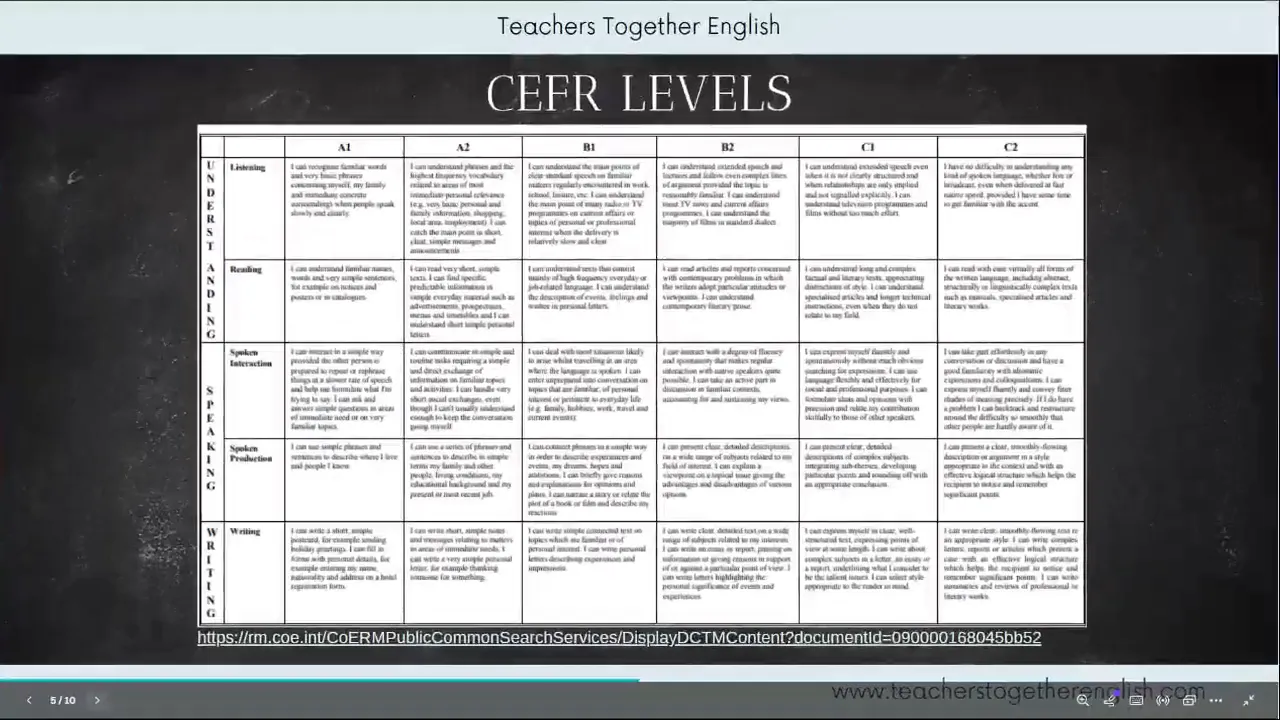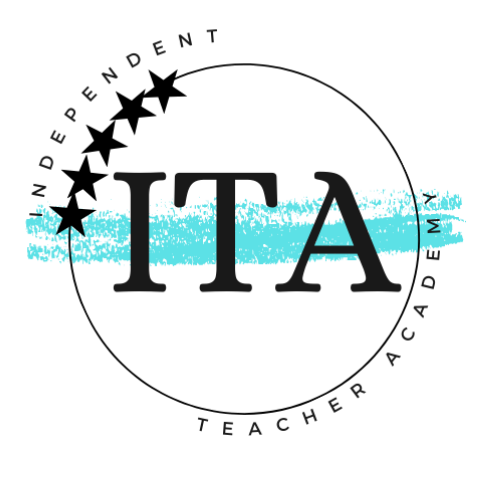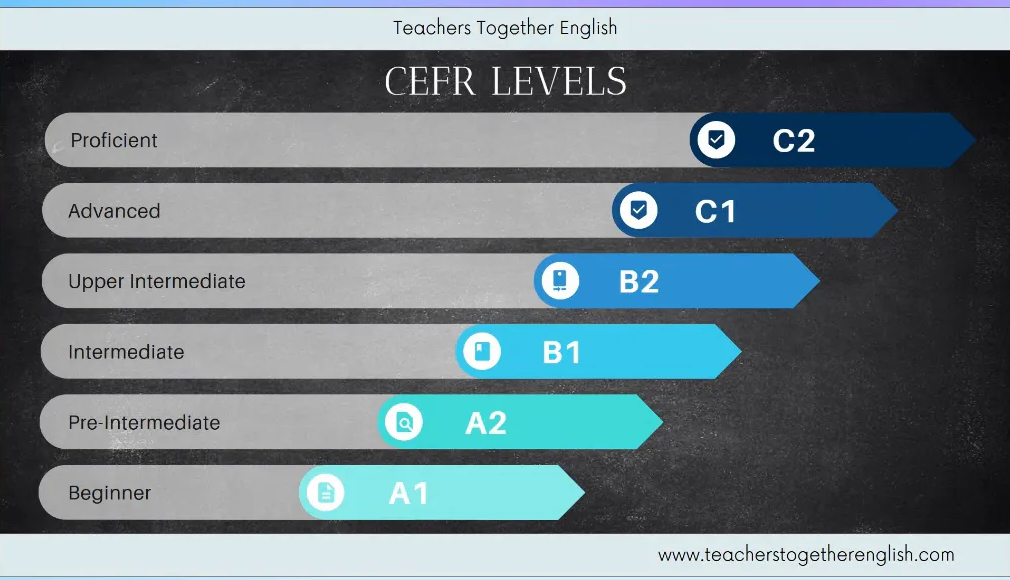Assessing the language proficiency of ESL students is crucial for tailoring effective learning plans. This blog explores the Common European Framework of Reference (CEFR) levels, their significance, and practical strategies for assessing students, particularly in an online setting.
Understanding CEFR Levels
The Common European Framework of Reference for Languages (CEFR) was developed to provide a standardized system for assessing language proficiency across different languages. It categorizes learners’ abilities into levels that describe what a learner can do in reading, writing, speaking, and listening. The CEFR levels range from A1, which signifies a beginner level, to C2, indicating a proficient user. This framework was created to facilitate communication and comparison of language abilities among learners in various countries and linguistic backgrounds.
History of CEFR
The CEFR was introduced by the Council of Europe in the late 20th century as part of their effort to promote language learning and cultural exchange across Europe. The framework was designed to address the need for a common reference point to evaluate language proficiency, which was becoming increasingly important in a globalized world. Since its inception, the CEFR has gained international recognition and is now widely used in language education, assessment, and curriculum development.
Importance of CEFR Levels
Utilizing CEFR levels in language education is essential for several reasons:
- Standardization: CEFR provides a consistent method for assessing language skills, making it easier for educators and learners to understand their proficiency levels.
- Guidance: The framework helps educators tailor their teaching strategies and materials to meet the specific needs of learners based on their proficiency levels.
- Mobility: CEFR levels facilitate the recognition of language qualifications across borders, aiding students seeking education or employment in different countries.
CEFR Levels Table
| CEFR Level | Description |
|---|---|
| Pre-A1 | Can understand and use very basic expressions and phrases. |
| A1 | Can understand and use familiar everyday expressions and very basic phrases. |
| A2 | Can understand sentences and frequently used expressions related to areas of most immediate relevance. |
| B1 | Can understand the main points of clear standard input on familiar matters. |
| B2 | Can understand the main ideas of complex text on both concrete and abstract topics. |
| C1 | Can understand a wide range of demanding, longer texts, and recognize implicit meaning. |
| C2 | Can understand with ease virtually everything heard or read. |
How CEFR Levels Apply to Different Age Groups
CEFR levels are applicable to learners of all ages, from young children to adults. However, the way proficiency is demonstrated may vary significantly by age. For instance, a five-year-old may exhibit fluent language use for their age but may still be classified at a lower CEFR level due to their limited writing skills. Understanding that younger learners often excel in speaking and comprehension but struggle with writing helps educators assess them more accurately.
It’s crucial to remember that proficiency is not solely determined by age but rather by the individual’s exposure to and practice with the language. Thus, educators should be flexible in their approach and consider the unique context of each learner.
Utilizing CEFR Levels in Assessment
When assessing students, it’s essential to use the CEFR levels as a guide rather than a strict classification. Students may exhibit varied skills across different areas; for example, they might read at a higher level than they can speak. Therefore, it’s beneficial to use tools such as self-assessment grids that allow students to reflect on their abilities in listening, reading, spoken interaction, spoken production, and writing.

Incorporating these assessments into the learning process helps educators identify gaps in knowledge and adjust instruction accordingly. This adaptability is particularly important in language learning, where students may progress at different rates across various skills.
Differentiated Instruction Strategies
Differentiated instruction is essential in language teaching, particularly for ESL students who may have diverse backgrounds and varying proficiency levels. By recognizing these differences, teachers can tailor their approaches to meet the unique needs of each learner.
Here are some effective strategies for differentiating instruction:
- Flexible Grouping: Group students by similar interests, learning styles, or proficiency levels for certain activities. This allows for targeted instruction and encourages peer learning.
- Varied Instructional Methods: Use a mix of teaching methods, such as visual aids, hands-on activities, and technology, to cater to the different learning preferences of students.
- Personalized Learning Goals: Set individual learning objectives based on each student’s proficiency level. This ensures that all students are challenged appropriately without feeling overwhelmed.
- Scaffolded Support: Provide varying levels of support depending on student needs. For example, offer sentence starters or vocabulary lists for beginners while encouraging advanced students to create their own sentences.
- Choice Boards: Create activity boards with options for students to choose from based on their interests and proficiency levels. This promotes engagement and ownership of their learning.
Introducing Teachers Together English Assessments
Teachers Together offers a comprehensive assessment system designed to evaluate students’ language proficiency effectively. These assessments are available to both premium and free members, ensuring accessibility for all educators.
The assessments include:
- General Assessment: This assessment covers reading, listening, and speaking skills, providing a holistic view of a student’s language abilities.
- Writing Assessment: Focused on evaluating writing skills, this assessment includes tasks that allow students to demonstrate their proficiency in a structured format.
Additionally, the assessments come with learning plan templates, enabling teachers to record results and share progress with parents. This feature enhances communication and keeps parents informed about their child’s development.
General Assessment Overview
The General Assessment is designed to gauge students’ skills across multiple areas of language learning. It consists of interactive questions that assess reading, listening, and speaking abilities.
Here’s a brief overview of its structure:
- Warm-Up Section: This initial part helps teachers gauge student comfort and engagement without counting towards their final score.
- Reading Section: Students answer questions based on texts appropriate for their CEFR levels, assessing their comprehension and vocabulary.
- Listening Section: Students listen to audio clips and answer questions to evaluate their listening skills and understanding of spoken English.
- Speaking Section: This section includes tasks where students must express themselves verbally, allowing teachers to assess pronunciation, fluency, and coherence.
The assessment is designed to be user-friendly, allowing students to click through questions, making it ideal for online teaching environments.
Writing Assessment Techniques
The Writing Assessment aims to evaluate a student’s ability to express ideas clearly and effectively in written form. It includes several tasks that progressively increase in difficulty, tailored to different CEFR levels.
Key components of the Writing Assessment include:
- Brainstorming Tasks: Students begin with brainstorming nouns and verbs to encourage creativity and vocabulary use.
- Structured Writing Tasks: Students complete tasks such as writing about themselves, their friends, or their activities, focusing on clarity and structure.
- Error Correction Exercises: Students identify and correct mistakes in given sentences, which helps reinforce grammatical knowledge and attention to detail.
- Opinion Writing: Students express and support their opinions using linking words, allowing teachers to assess their ability to formulate arguments coherently.
This assessment is not just about correctness; it emphasizes creativity and the ability to communicate effectively in writing.
Using Rubrics and Learning Plans
Effective assessment requires clarity and consistency, which is where rubrics and learning plans come into play. Rubrics provide a structured way to grade writing tasks based on specific criteria.
Key aspects of using rubrics include:
- Clear Criteria: Rubrics should outline expectations for different components such as grammar, vocabulary, sentence structure, and creativity.
- Levels of Performance: Each criterion can have levels such as “Needs Improvement,” “Good,” and “Excellent,” helping students understand where they excel and where they need to improve.
- Feedback Integration: For each assessment, provide constructive feedback alongside scores to guide students in their learning journey.
Learning plans can complement rubrics by setting short-term and long-term goals for students. These plans help track progress and ensure that instruction is aligned with individual needs.
Conclusion and Resources
Assessing ESL students through the lens of CEFR levels and effective techniques is vital for fostering language development. By implementing differentiated instruction strategies, utilizing comprehensive assessments, and employing clear rubrics, educators can create a supportive and effective learning environment.
For more resources, consider exploring the following:
- Teachers Together English for assessments and learning plans.
- Independent Teacher Academy YouTube Channel for more teaching tips
By embracing these tools and techniques, teachers can enhance their assessment practices and ultimately support their students’ language learning journeys more effectively.


Leave a Reply